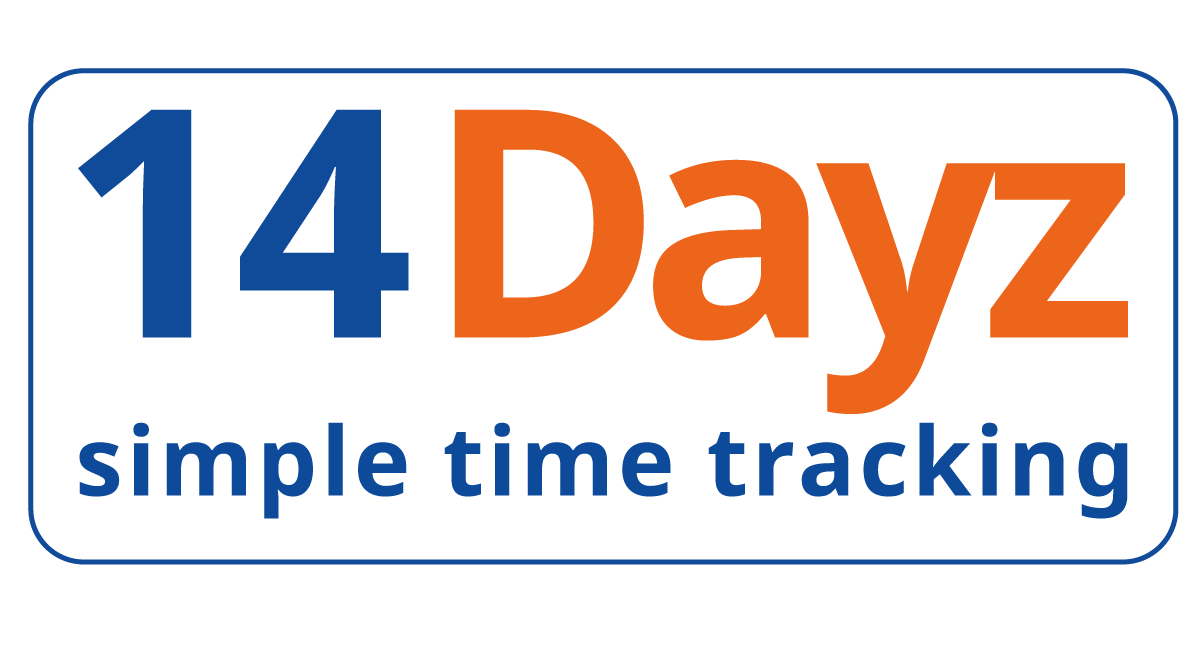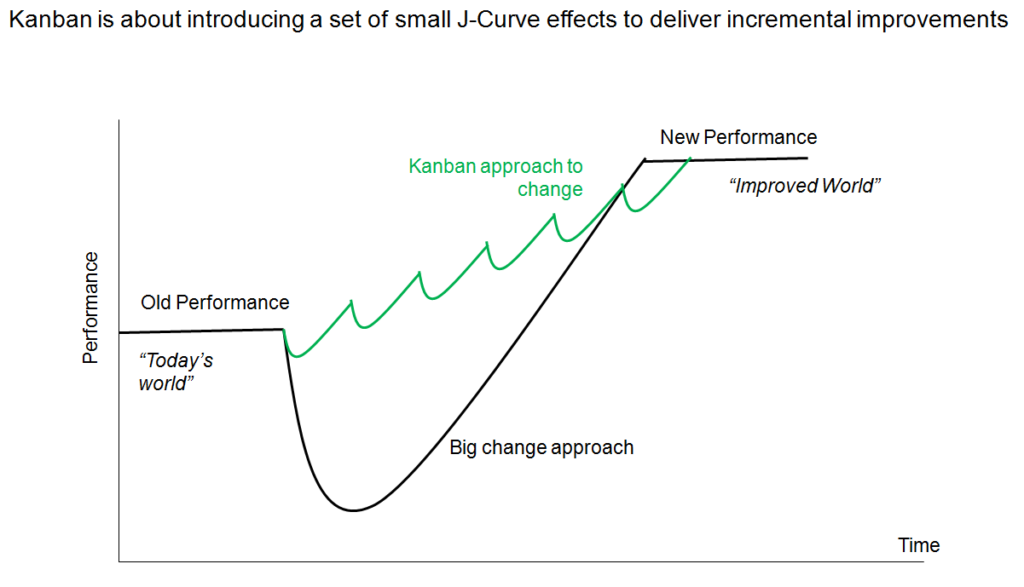Tips from the field of ‘Organizational Behavior Management’
Accounting for time, time registration, time sheets. Many companies will recognize it as ‘one of these things’ that demands a lot of time and attention. Every week the same procedure: we check who has and who has not yet properly logged their time sheets. We specifically look for the people who haven’t done so. Some people are very consistent in timely logging their time sheets, but there are always a few who are persistently late. What is going on here and what can you do about it? I would like to give you some tips from the field of ‘Organizational Behavior Management,’ in short OBM, by Robert den Broeder.

Robert den Broeder (1963)
The employee always has an excuse
Accounting for time, properly filling in time sheets, it seems so simple to do. Time registration is a mandatory routine in many organizations. Everyone knows that it has to be done, and yet it does not happen automatically. Inquiries show that people who haven’t yet filled in their time sheets, or in some cases inadvertently booked their working hours incorrectly, almost always have an excuse. It was too busy, a problem at the customer had priority, wrong code chosen, just forgot about it, etc. This excuse behaviour aligns perfectly with one of the laws of human behavior: the behavior you see can, from the perspective of the performer, always be explained. Often the explanation starts with: “yes, but …

Time sheet 14Dayz application
The response of the manager to the excuse behaviour usually is nodding in comprehension and then explaining once again that from now on things have to be done differently. We make it understood that from now on we keep a close eye on things. Moreover, from now on we will send everyone a reminder in time to make sure they can’t forget about it. That will show them… !? What else can you do? You can’t possibly check with everyone personally to see if they register their working hours timely and properly.
Applying some form of punishment for bad behaviour seems sooo 2017. What may not be evident immediately: applying punishment often reduces desired behaviors as well! The overall performance will drop across the board when punishment is used too often.
Note: on the Trigono website you’ll find a publication about ‘OBM in 3 minutes’.
Why do we observe procrastination?
What can you do? First, an explanation why we often observe `procrastination‘ when it comes to filling in time sheets. The simple reason is: not many people like to do it, or they find it way too complicated
If you would measure the performance level in time for the activity ‘filling in time sheets’ you would get a so-called “J-curve”; performance levels increase when a deadline is near. I recently had a manager in my behavior management training who confirmed the existence of the J-curve at his department with regard to filling in time sheets. The reason for the J-curve is: “deadlines give people permission to wait”. Using deadlines inadvertently reinforces “procrastination.”
Deadlines seem to work well, because you threaten with negative consequences if you don’t meet the deadline. Your simple message to the employee is: “do it, or else …”. The technical term for managing performance and behavior in this way is ‘negative reinforcement.’ It is – often unintentionally – a much used and also very labour intensive way of managing performance; it is simply ‘high-cost management.’
What is the alternative?
So, how to motivate people to perform the time registration activity timely and properly, without you as a manager micromanaging that all the time? People only want to perform when the behavior results in positive consequences for them. So, how is time registration perceived by the employee? What positive consequences are added for them? The simple answer: none, nothing, nada. Even worse, if you as an employee have your time registration in order, you experience nothing positive and get no management feedback or attention whatsoever. The only thing you have avoided is the nagging manager. Management is generally focused on those things that are not going well. Before you know it, you as a manager use negative reinforcement as a means of getting things done: force, threaten, deadlines, with poor overall performance as a result. An additional disadvantage is waste of costly management time.
Rewards work, but you have to do it correctly
The one thing we have learned in the past 50 years from the behavioral sciences (especially ABA [1] and OBM [2]), is that you must consciously and frequently reinforce desired behavior. There is only one effective and efficient way to strengthen behavior sustainably and that is by rewarding it. Many misunderstandings, unfortunately, surround the concept of “rewarding”, or “positive reinforcement”. The most common misunderstanding is to assume that rewarding means giving “more money” for performance. In addition, there are studies that show that “more money” does not always increase performance, which is no surprise from an OBM perspective.
Positive Reinforcement (rewarding) is defined as follows: the behaviour produces something you want and you want to perform again to get that same result (something you want) again. That reward – that “something” – can, therefore, be anything. For instance, a burglar who succeeds in stealing something is rewarded from his point of view! The behaviour produced positive consequences for the burglar and s/he got away with it. The effect of reinforcement is an increased possibility that the behavior that produced the reinforcer is performed more often. So, positive consequences strengthen behavior. And “positive” is a relative term, not an absolute one.
When using consequences in managing performance, you should not look at what the consequence is, but what the consequence does to the frequency of the behavior. For instance, if behavior does not increase as a result of a financial bonus, then this financial bonus was not a reinforcer. It may even be that your ‘reward’ for the employee is of zero and no value and therefore does not lead to better performance. That lack of effect can even apply to extra money. This does not mean that rewarding does not work, it only means that you did not reinforce the behavior.
What do you suggest then?
The golden rule in behavioral change is: “you get what you reinforce”. That is why the suggestion is that you have to find something to reinforce the desired behaviour which makes it attractive for everyone to start- in this case – properly and timely fill in time sheets. This time registration process is pretty complicated in many organizations. Tools are sometimes tricky to use, sometimes the knowledge of the tool is insufficient, and the many time codes to choose from do not make it easier or more fun.
It is a given that the large amount of available time codes will help employees to take the easy route which will ensure that the total number of hours logged probably is correct. Reinforcement is therefore provided for an accurate number of hours only, which may lead to undesirable behavior. In this case you can’t draw any conclusions with regard to the quality of the registration. It is essential to reduce the chance for error behavior to a minimum, for example by keeping things simple.
Real world example…
Erik is an interim team leader of a team of project leaders. Time sheets are an important management tool in every project. Filling time sheets correctly and timely is crucial. Every registered hour is payed for by their internal customers. Especially timely registration essential. Overdue time sheets lead to a lot of manual correction work for Ellen, the administrator of the time registration application. Overdue time sheets also negatively affect the working atmosphere and team spirit. Ellen often reminds all project managers to make sure she gets all the time sheets delivered to her in time. Some project leaders think of her as a whiner. Astrid, the manager of Erik, also continuously presses the matter of a correct administration of all time sheets, for which she is held accountable by senior management.
Erik has decided to show the project leaders what the current performance curve with regard to timely filled in time sheets. He creates a clear graph on the office wall, showing the score (in%) of the timely registered working hours per week. The current score is a bit problematic. The six weeks average shows that only 63% of the working hours are timely logged. They discuss the graph during a team meeting. Ellen is also invited to explain what it means for her to always have to manually correct the administration. Of course the project leaders apologize for their behaviour. At the same time they have justified concerns regarding the complexity of the time registration application. Ellen and Erik agree to look at the configuration of the tool together; there are probably some simplifications that can be made. They also agree as a team that at least 85% of the hours will be logged on time in the coming period. Erik promises cake for the team if that target percentage has been achieved for at least three weeks in a row.
The next month, it turned out that 89% of the working hours were timely logged. The pastries provided by Erik caused some raised eyebrows, as nobody had thought it was possible to improve so quickly. Erik and Ellen show that they are happy with the improvement. After the celebration of their success, Erik asks the group to set a new target. They agree on 95%. One of the senior project managers promised a round of ‘good quality coffee’ from the restaurant when they achieve this goal for three weeks in a row. That worked pretty well!
The final step for the team is that everyone timely logs 100% of the working hours spend on projects. Ellen monitors the registrations closely. Everyone who logs on time receives a small personal thank you note. The desired behavior has been noticed, recognized and reinforced with personal attention. It saves Ellen a lot of manual labour. She’s no longer sending those nagging reminders. The group gets used to the new rhythm of timely logging and not logging on time becomes the exception.
To improve the time registration process, you must find reinforcers for the desired, intended or agreed behavior. Very effective reinforces are sincere compliments, giving some personal attention and informing people that you have observed desired behavior!
What about ‘intrinsic motivation’?
Many managers say “If I reward behavior, it is mainly extrinsic motivation; I would like people to be intrinsically motivated.” Much has been said and written about intrinsic motivation, and the last word about it has not been said yet.
In his book “Organisaties conditioneren[3]” Dr. Marius Rietdijk describes the concept of intrinsic motivation as follows: “a hypothetical situation derived from observing an individual who behaves in a certain way in the absence of any identifiable external reinforcing consequences. It is assumed that the behavior itself is reinforcing. It is also possible that a thin intermittent schedule of reinforcement controls the behavior. ”
Additionaly, Dr. Rietdijk says “Behavioral analysts [4] are cautious regarding intrinsic motivation. According to them it is an unscientific concept, as it is hard to define it as an independent variable. According to behavioral analysts it shows a lack in knowledge of the effect of external stimuli on behavior (see Vinke [5], 1996). ”
I would like to briefly outline my thoughts on the concept of ‘intrinsic’ motivation:
- Ask someone the question: “how do you know what motivates you intrinsically?” The answer will often be that s/he just knows what s/he thinks is motivating. They often refer to feelings. I believe there is only one way to find out what motivates you: experience. There is always a relationship between your observable behavior and what you get as a result. If you know that particular action always leads to positive consequences, then that behavior will be shown more often, as long as the intended positive outcomes also occur. In other words, your motivation relies on the causal relationship between a behaviour and its positive consequences. That experience, that certainty, the feeling – the predictable relationship between behavior and positive consequences – is motivating for people. Which positive consequences exactly motivate is different for each person.
- Almost all human behaviors you can observe are trained, conditioned. People behave because of the consequences the behavior produces. These consequences are always produced through interaction with your environment. Experiencing or receiving a consequence leads to a positive, neutral or negative emotion. With positive emotions the chance of a repetition of the behavior increases. Try it out. Bump your toe, pat the dog/cat, use a wrong code in the time logging application. Which of these behaviors are you going to show more often? How do you explain that for yourself?
- If an ‘intrinsically’ motivated person shows particular behavior and the intended positive consequence (for example feeling good about yourself) is not produced, then the (intrinsic) motivation to show similar behaviour again usually evaporates quickly. The trusted relationship between behavior and positive consequence is violated. This means that external factors –consequences – determine whether you remain motivated or not. You need external reinforcement to maintain your behavior. Motivation to perform declines rapidly if you are sure that something positive is not going to happen. You experience your performance as meaningless because you know that you will get no reinforcement. In that case the only reason to perform is because you have to (compliance, manager says so etc.). The compelling factor, the reason for your action, is usually external again: another person who demands something from you, a rule that forces you, or it’s just the situation which you are in.
What is the challenge?
Imagine that this approach – strengthening desired behavior by positive reinforcement – works for filling in time sheets. For what other organizational challenges could this also be effective? My answer: for all challenges in which people show observable behavior: doing and saying things to achieve results.
The secret to motivation is to consistently reinforce desired behavior with pleasant, positive consequences for the person who shows the behavior. Punishment never leads to a permanent change in behavior or better cooperation. Punishment only suppresses the undesired behavior. The chance that punishment will remove a cause of undesirable behavior is negligible.
Objectively analyzing problem behavior and adjusting your leadership style to match, with the aim of getting the best out of your people is key. Of course, specific knowledge of behaviour is required, but that can be learned quickly. I would be happy to be of service to you! Once you have mastered this behavioral management skill, you can soon manage time sheet issues and all kinds of other persistent behavioral problems.
All the best!




